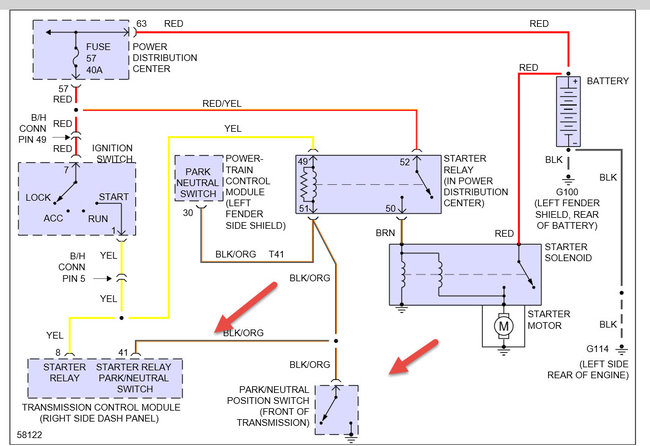I removed and visually inspected all of the under-dash fuse block fuses: all good. Opened the hood and Yikes! Squirrels had taken up residence. After hosing down the engine compartment to remove nest/droppings, I found one minor wire chewed through but no obvious major wiring compromise. I removed and checked all of the distribution center fuses with an ohm meter: all were good. I removed the starter relay which has four pins: 30, 85, 86, 87; there is no 87A pin. There is continuity between pins 85 and 86; there is no continuity between any of the other pins.
My dual approach is this: first, identify and replace the fuse that governs all of the dash lights which worked before I turned the ignition switch to start from the on position (all lit up before I turned the switch to start). Once this fuse is replaced and the dashboard lights are working, then go through the electrical system to see if non-ignition-dependent systems are working (lights, radio, directionals, fan, etc.) And track down and repair broken wires.
Finally, go through the ignition circuitry and attempt to locate what appears to be a short.
Questions:
1. What fuse activates the instrument panel lights/idiot lights?
2. Does the starter relay contain an internal fuse (that could have blown when I switched from on to start)?
3. Do my starter relay continuity readings indicate a good or bad relay?
Any suggestions as to TSing the electronics would be appreciated.
Thanks,
Monk
Monday, November 21st, 2016 AT 7:12 AM



